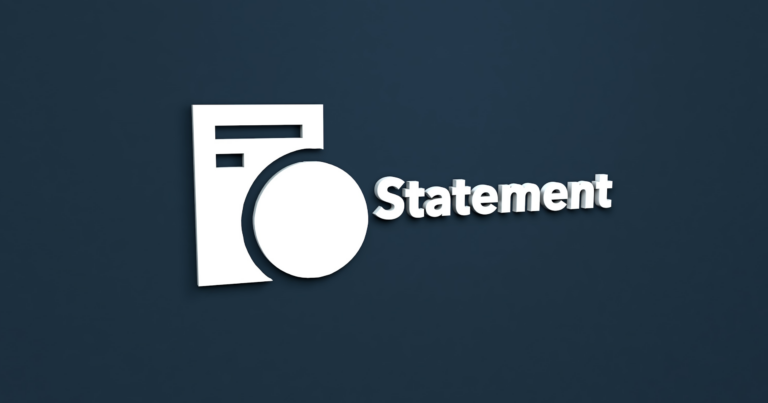How do you engage hiring managers in the overall recruitment process to help improve candidate experience and reduce costs, whilst driving quality and longer-term retention? This will be a key theme at this year’s TREC 2016 conference and is also a major part of the Good Recruitment Campaign. One of the professionals who will be discussing this at TREC (on 22nd June) is Valerie Dale, HRD Northern Europe at Aggreko, a global leader in the rental of power and temperature control systems. We spoke to her about the journey to redesign the internal recruitment processes.
Valerie is also on the advisory panel for the REC’s Good Recruitment Campaign and there is one part of it that has really helped shape the new recruitment process – candidate experience. She challenged the managers to give feedback in person – “Talk to people, engage with talent, reject in person. They’ve invested time. But we use the term ‘reject’ lightly because it’s not a rejection as such but an invitation to join our talent pool and be considered for a future opportunity”
On joining the business she found a traditional approach to recruitment in which line managers who had vacancies would immediately seek external solutions. There was little negotiation with the external supply chain so the spend on recruitment costs was high, and rarely was there consideration of whether roles could be filled internally or through existing networks. Individual managers would have their own preferred agencies so it was hard to consolidate the supply network.
The size of the group, and regular number of vacancies, didn’t justify the establishment of a recruitment team, so she set about streamlining the processes, initially getting all line managers involved in a process mapping day. “It was important that this wasn’t seen as an HR driven agenda but as a process that they had helped create, else they might reject it and revert to type. We involved them early so they felt it was their issues they were solving and their process they were creating” Valerie told us. All managers helped to map out the entire recruitment process, which exposed a complex system of multi-level authorisations and duplication “After seeing that, they were really keen to amend the process” she added.
To map out a new system the HR team identified areas for improvement and looked at ways they could be carried out quicker, smarter and electronically. Some parts, such as authorisation, couldn’t be changed but could be streamlined and actioned more quickly, for example through creating a single form on the ATS. This would create visibility of any ‘blocks’ in the system allowing them to be followed up with relevant people. “The line managers could see this too so they would know that it wasn’t HR, for instance, that was causing a delay”.
One key change was to start each hire with a ‘kick off’ meeting with the line manager, investing time early on rather than later in the process. This early involvement helped line managers to feel that they owned the recruitment, and could use HR more as an advisor. At this meeting four key questions would be considered:
• Is the vacancy really necessary or might needs change• Are there internal candidates• Does the hiring manager know anyone in their network who could fill the role• Is there someone already in the ATS from a previous recruitment assignment who could be right
This focus on building internal and external talent pools has helped transform the recruitment process, with 72% of hires currently coming through networks and referrals. For the remainder they have created a specialist PSL with one lead agency supplier that supports them on a range of vacancies. Where external sources are used, the HR team can review potential candidates and supply hiring managers with a tailored shortlist.
The new recruitment process has made a large difference to how managers engage and retain talent, Valerie believes – “If they are in the process right from the very beginning and are taking responsibility for who they are recruiting, and 72% coming through their networks are being hired, then the managers are more engaged in nurturing and retaining that talent from the start. The whole piece around getting managers to play their role in retention is easier”.
From talking to Valerie, it’s clear that better engagement with line managers in the design of a new recruitment process, delivers better outcomes for them, the business and their recruitment partners. Better engagement, development and retention can then result from encouraging them to look at the broader talent picture when they have a vacancy, and embrace the strength of their networks and talent pools.



